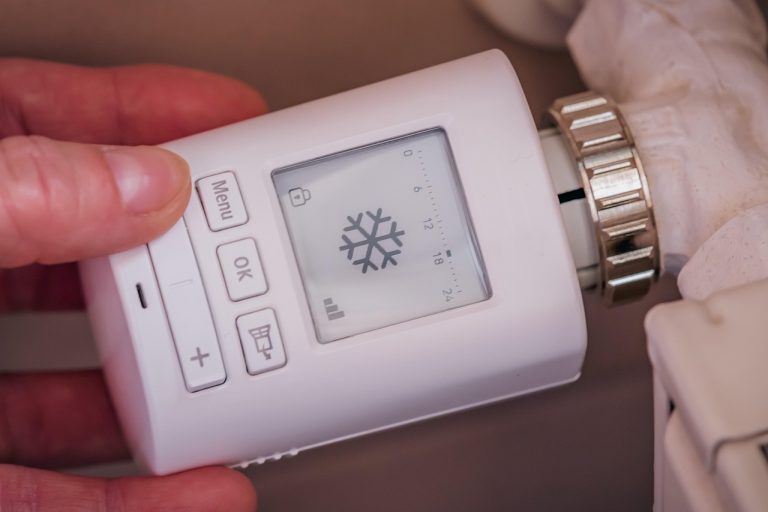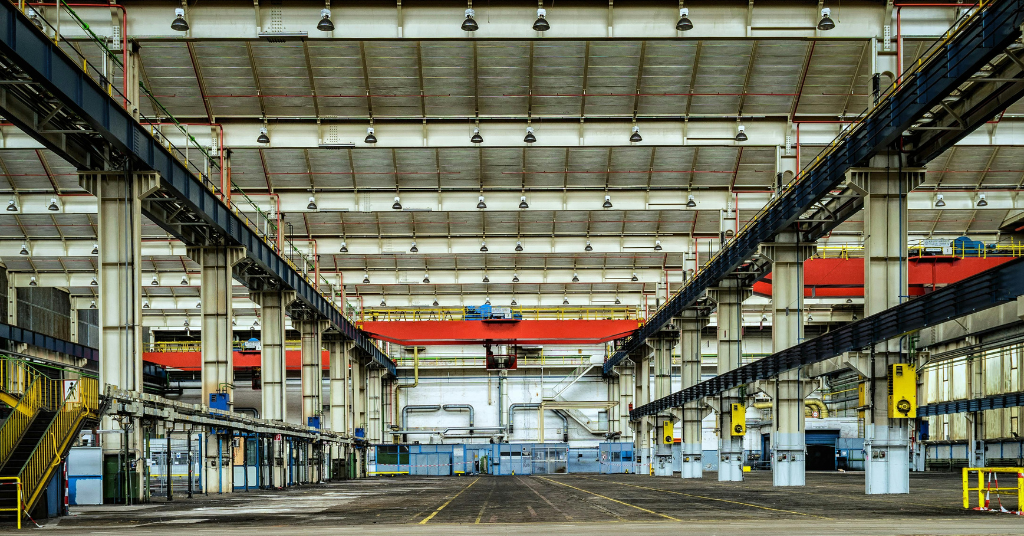As summer gives way to autumn, households across Europe transition from cooling their homes to preparing for the heating season. This seasonal shift brings a surge in energy demand — and with it, a renewed urgency to improve energy efficiency. Buildings account for nearly 40% of the EU’s total energy consumption and 36% of energy-related greenhouse gas emissions, making them a central focus of the Fit for 55 package. By upgrading homes and improving efficiency, citizens can both reduce their bills and help the EU reach its 2030 climate targets.
The importance of energy efficiency in homes
Energy use in residential buildings has long been a driver of emissions, especially during colder months.
- Poor insulation,
- outdated heating systems,
- and inefficient appliances
place a heavy burden not only on the climate but also on household budgets.
With rising energy prices and growing concerns about energy security, the case for energy efficiency is stronger than ever. For citizens, improving home performance offers a win-win scenario: lower bills, more comfort, and a reduced carbon footprint.

The Fit for 55 building and renovation agenda
The European Union’s Fit for 55 framework includes an ambitious Renovation Wave initiative, designed to at least double the annual rate of building renovations by 2030. Key legislative instruments, such as the revised Energy Performance of Buildings Directive (EPBD), set higher standards for insulation, energy use, and smart technologies. These measures aim to ensure that Europe’s building stock steadily improves toward zero-emission standards, while financial tools like the Social Climate Fund help make renovations more affordable and inclusive.
Smart heating and insulation solutions
Transitioning from cooling to heating provides the perfect opportunity to consider home upgrades. Comprehensive insulation – from walls and roofs to windows and doors – dramatically reduces energy loss during colder months. At the same time, replacing fossil-fuel boilers with modern heat pumps can cut both emissions and costs. Smart thermostats and digital energy management systems allow households to optimize energy use in real time, further aligning everyday behavior with climate goals.
Financing and incentives for households
Achieving widespread renovation requires not just policy ambition but also financial support. The EU and member states are expanding programs that provide grants, tax deductions, and low-interest loans to homeowners. From subsidies for heat pumps to incentives for rooftop solar installations, these tools help households overcome upfront costs and accelerate the transition. By investing in efficiency now, families can lock in long-term savings and increase the resilience of their homes against volatile energy markets.
Conclusion: seizing the seasonal moment
The arrival of autumn reminds us that buildings are at the heart of Europe’s energy challenge. Each year, as households shift from cooling to heating, the demand for energy spikes — but so does the potential to save. By embracing renovations, adopting smart technologies, and taking advantage of financial incentives, Europeans can transform their homes into powerful allies in the fight against climate change. Preparing homes for efficiency is more than a seasonal necessity: it is a critical step toward meeting the Fit for 55 targets and building a climate-neutral future.
Sources and references:
- https://commission.europa.eu/strategy-and-policy/priorities-2019-2024/european-green-deal/delivering-european-green-deal/fit-55-delivering-proposals_en
- https://www.consilium.europa.eu/en/policies/fit-for-55/
- https://energy.ec.europa.eu/topics/energy-efficiency/energy-performance-buildings/energy-performance-buildings-directive_en
- https://energy.ec.europa.eu/topics/energy-efficiency/energy-performance-buildings/renovation-wave_en
- https://energy.ec.europa.eu/system/files/2020-10/eu_renovation_wave_strategy_0.pdf
- https://climate-pact.europa.eu/priority-topics/green-buildings_en




